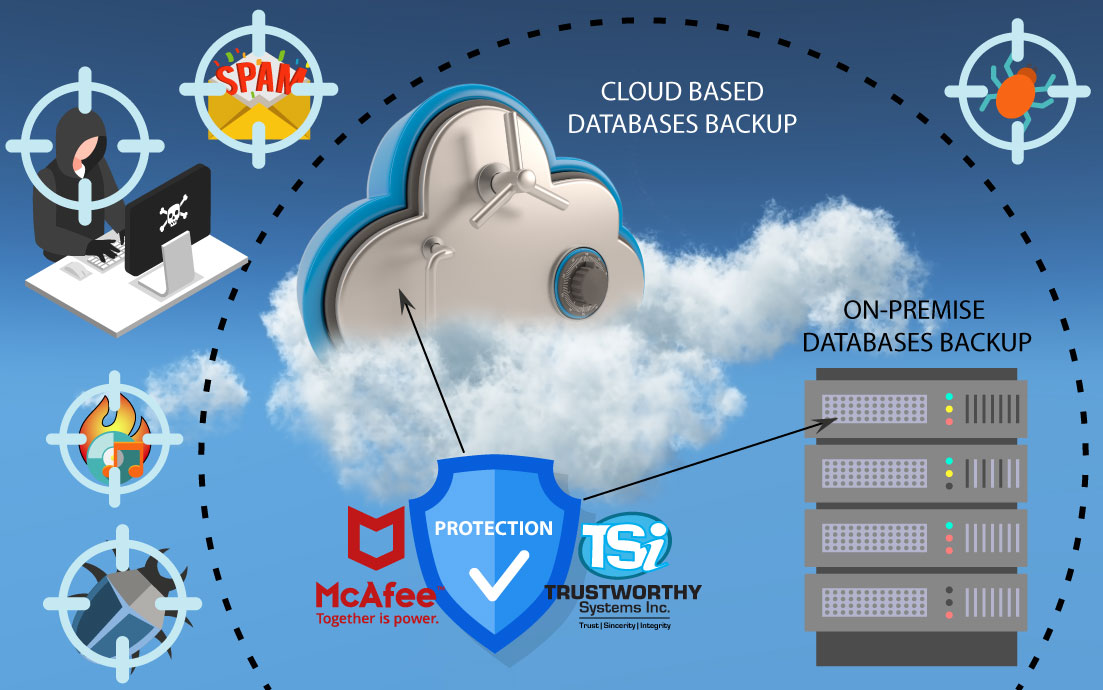 Introduction:
Introduction:
The protection of data is becoming more difficult while the necessity is becoming increasingly more important. Data represents facts on the attributes of a given subject. In contemporary times, except for those in very remote circumstances, almost every human being is a data subject. Government agencies, retailers, airlines, hoteliers, health care providers, educators, financial specialists and social media are just some of the entities that collect and manipulate data related to people. Technology capabilities have advanced to the point where near limitless quantities of digital data on an individual may be retained, possibly forever.
Datasets representing an individual can potentially provide anyone else that possess the appropriate level of access with a broad scope of knowledge on the individual’s life. In the hands of someone with malicious intent, the dataset can become a weapon, possibly of destruction. So serious is this concern, that included in the General Data Protection Regulation (GDPR) is the clause ‘natural persons should have control of their own personal data.’ Similarly, the US Privacy Act (1974) stipulates, among other things, that individuals should be able to determine what data is collected, guarantee that collected data is used solely for the stated purpose and that this purpose must be legal. This encroaches the realm of privacy.
One tactic that has become a standard for addressing online privacy is the use of privacy notices. This is required by regulation in many jurisdictions and gives online users the option to accept or reject participation in the collection of personal data. Studies have found though, that there is a general misunderstanding of the content of these notices and most people are not aware of the full implications even after consenting to the terms and conditions.
Big Data
There are large and unique data protection challenges introduced by big data. Huge data volumes, data diversity, extensive linkage possibilities and the in-depth scope of analysis are among the principle characteristics of big data. Particularly, the wide-ranging link and analysis opportunities make it possible to indirectly obtain specifics on individuals. Challenges to data protection in the big data era has been the quantity of collected from volunteers and the level of surveillance being conducted on a continuous basis. Specifically, the growth in wearable devices and the Internet-of-things (IoT) continue to contribute significantly to the quantity and type of data being harvested about people.

Photo by Pexels


